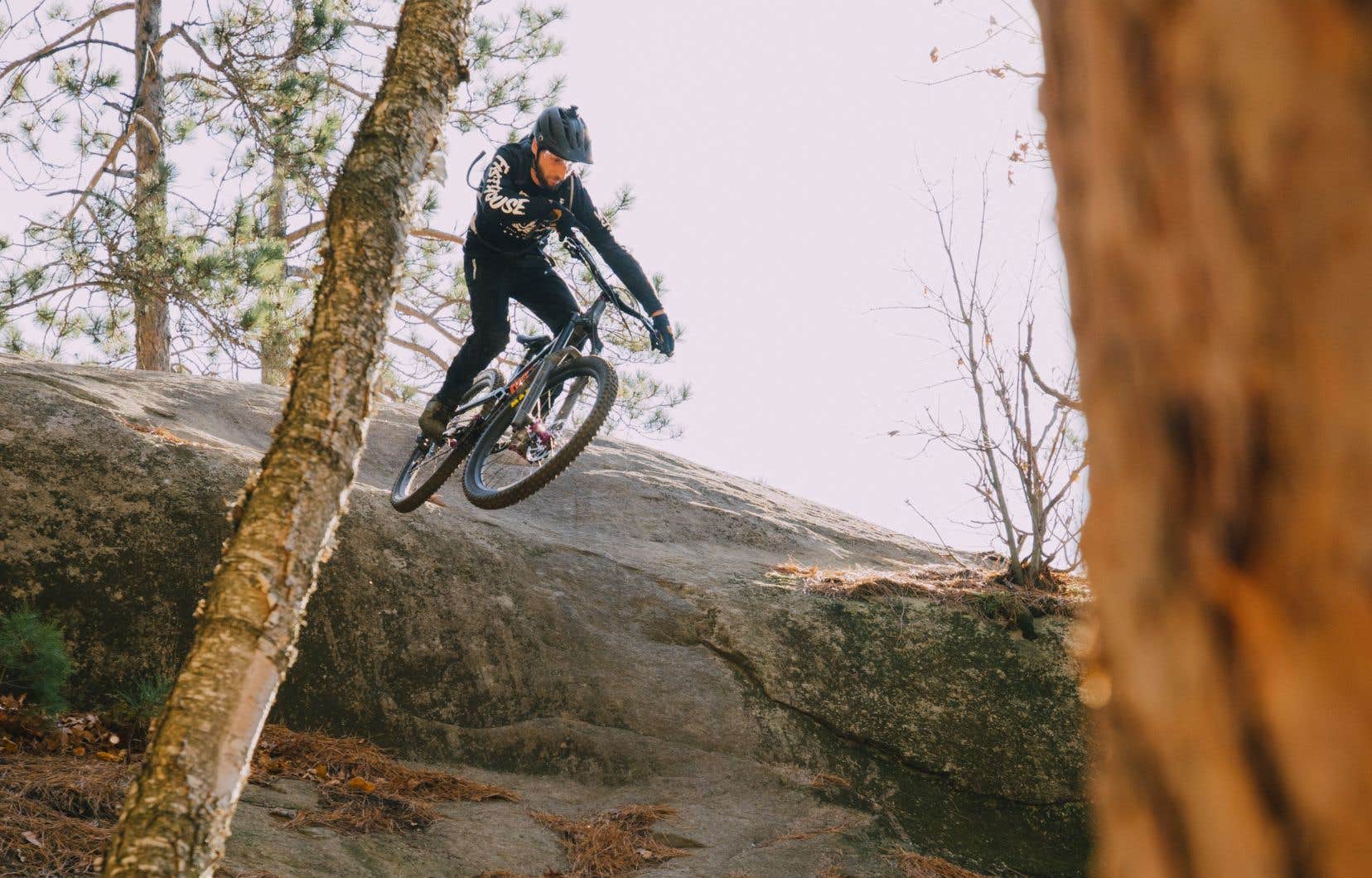This text is part of the special Pleasures notebook
It makes its way on trails, swallows tight turns, multiplies acrobatics on roller tracks and competes in speed downhill: mountain biking is now everywhere in Quebec.
It’s an understatement to say that the mountain bike craze is sweeping the province. In just four years, this activity has managed to attract a third of new followers. This is what the Study on the practice of mountain biking, carried out last year by Vélo Québec with the survey firm Léger, reports.
This growing popularity is considerably changing the portrait of the community and is part of the broader framework of “off-road” cycling, which notably includes gravel cycling. Already, in 2020, the State of Cycling, Vélo Québec’s five-year survey, estimated that 1.1 million cyclists had taken an unpaved path. This phenomenon is undoubtedly not unrelated to the effect of the pandemic, years during which Quebecers took to the outdoors en masse.
Formerly confined to a sport for “trippers” in search of adrenaline – and predominantly male – mountain biking is becoming more popular among a population that we did not see less than ten years ago. These are women, children and retirees.
Communities of practice
Indeed, a new female audience is taking over the trails, often through the clubs which are multiplying throughout Quebec. Let us think in particular of the Les Poules qui Roulant group, which invites those who wish to learn mountain biking to participate in activities, training camps and trips supervised by volunteers.
Its objective: to demystify this sport falsely perceived as extreme among women, mainly in their forties. Very often, they are mothers who want to get together without pressure to perform for an outing that leaves plenty of room for socialization and pleasure. Most of them consider this practice of cycling to be less competitive than road cycling and emphasize the need to reconnect with nature associated with this activity.
As for children, they are often introduced to mountain biking through day or holiday camps. This is the case in Kéno, where camping and mountain biking stays are offered, notably in Vallée Bras-du-Nord, a must in the MRC of Portneuf.
The technological progress observed in recent years on these bikes partly justifies the growing membership of new enthusiasts. Recent prototypes are much more efficient and more “forgiving” of clumsy maneuvers, which has the effect of reassuring newbies.
But, above all, it is the massive appearance of electrically assisted models which helps explain the renewal of customers, particularly retirees or those who simply want to gently get back into shape.
But this entry of the faster electric mountain bike into centers and other outdoor sites is not without causing some pressure on trails already subject to erosion problems. This observation also brings its share of challenges in centers which often operate with limited financial means to maintain their proven paths in this discipline.
The fact remains that today, we know much better than before how to develop paths to reduce the risk of erosion and respect biodiversity, particularly in fragile environments. We now apply these standards in mountain biking establishments and outdoor sites when the time comes to design and create new trails. The surge of this sport does not seem to be stopping any time soon.
This content was produced by the Special Publications team at Duty, relating to marketing. The writing of the Duty did not take part.
